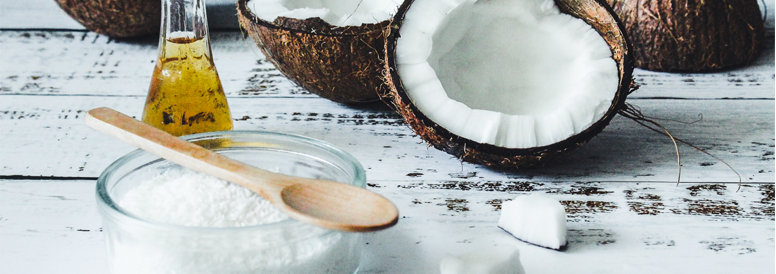Making the Most of Monolaurin
Monolaurin, also known as glycerol monolaurate (GML), glyceryl laurate or 1-lauroyl-glycerol, is a monoglyceride, a mono-ester formed from glycerol and lauric acid. Lauric acid was originally discovered when microbiologists studied human breast milk to determine the substances that protect infants from infection. Lauric acid has been shown to support the health of newborns, whose immune systems are underdeveloped. Babies convert the lauric acid in breast milk to monolaurin. So, how does monolaurin work?
Monolaurin helps disrupt the outer covering of non-beneficial microorganisms and biofilms, leaving them susceptible to biological acids and immune cells and helping to prevent their replication. Research involving monolaurin has shown that it may help support immunity and balanced inflammatory response.
Coconut oil is the second best source of lauric acid after breast milk. Coconut oil contains about 40 to 55 percent lauric acid which is the main saturated fatty acid found in coconut fat and our bodies have the ability to convert lauric acid into monolaurin. However, when ingesting coconut oil, only a small percentage of the lauric acid will be transformed by the body into the monolaurin. That’s why practitioners prefer monolaurin supplements, for the benefits without the high fat. Monolaurin is very safe, after all, one of the safest substances known is breast milk. Another benefit is that monolaurin does not have adverse effects on the microbiome.
Monolaurin is a popular supplement for immune support on its own and as an ingredient in some immune support formulas. The benefits of using monolaurin is that it does not stimulate the immune system nor negatively affect the good bacteria of the microbiome. That makes it a good choice for children and patients with autoimmune or gastrointestinal concerns.

